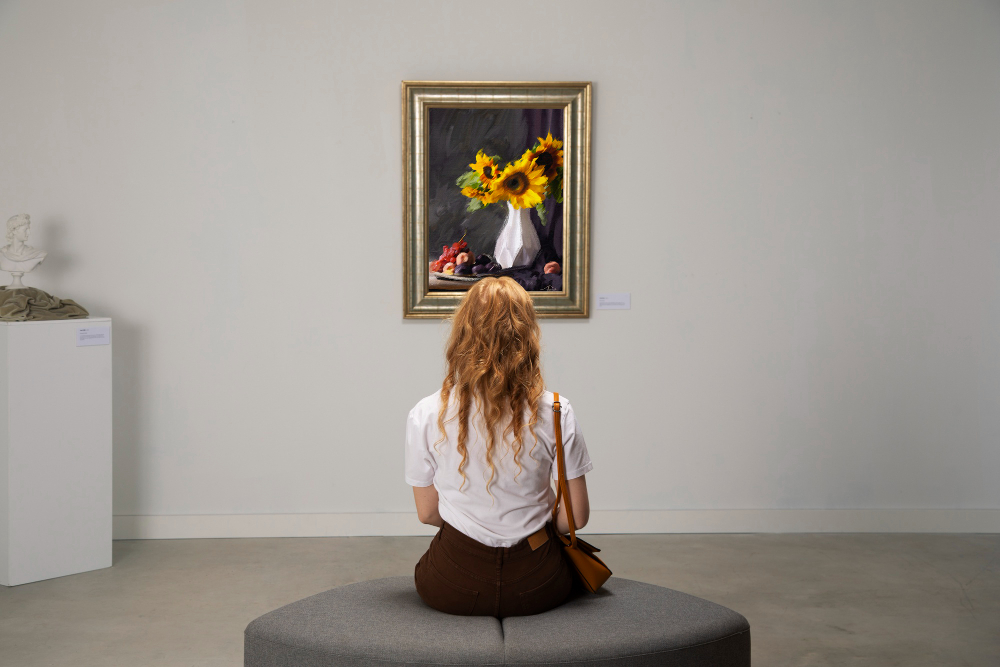Intermuseum Loan: Definition

An intermuseum loan refers to the process by which a museum temporarily makes one or more works from its collection available to another museum, usually for a temporary exhibition, a cultural exchange, or a scientific project. This type of loan involves strict requirements in terms of conservation, security, and logistics, as the works concerned are often unique and of significant cultural value.
Characteristics of an Intermuseum Loan
An intermuseum loan is based on precise principles that ensure the protection and proper display of the loaned works.
A Strict Contractual Agreement
Each intermuseum loan is governed by a detailed contract between the two institutions. This document specifies the duration of the loan, transport conditions, insurance, conservation requirements, and the responsibilities of each party. It also includes obligations related to the display of the work (lighting, humidity, security).
High Conservation Standards
Loaned works must be maintained under optimal conditions, identical or superior to those of the lending museum. This involves strict control of temperature, humidity, lighting, and continuous monitoring.
Appropriate Insurance
A nail-to-nail insurance policy is generally required. It covers the work from the moment it is taken down at the lending museum until its return, including all intermediate steps (packing, transport, exhibition).
Precautions During Transport of an Intermuseum Loan
Art transport is a critical stage in an intermuseum loan, as it concentrates most of the risks.
Custom Museum-Grade Packing
Each artwork benefits from specific packaging, often in a wooden crate with anti-vibration systems and neutral materials. The goal is to protect the work from shocks, climate variations, and contamination.
Secure Transport and Tracking
Transport is entrusted to specialized fine art logistics providers, capable of ensuring real-time tracking, climate-controlled vehicles, and teams trained in delicate handling.
Mandatory Condition Report
Before departure and upon arrival, a condition report is carried out by a conservator or registrar. This document certifies the state of the work and serves as a reference in case of dispute or damage.
Concrete Example of an Intermuseum Loan
A famous example is the loan of the Mona Lisa by the Louvre Museum for international exhibitions in the 1960s. This type of operation required exceptional security measures, escorted transport, and strictly controlled climate conditions. Today, such loans remain rare for major works but are common for temporary collections between partner museums.
